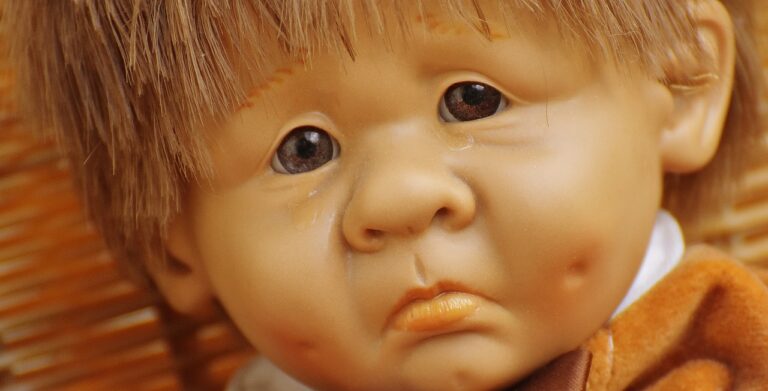Exploring the Impact of Artificial Intelligence on Film Restoration and Preservation
Film restoration dates back to the early days of cinema when films were stored on flammable nitrate film stock. Over time, these films would deteriorate, leading to the loss of countless important pieces of cinematic history. The need to preserve these films and restore them to their former glory became evident as the medium of film evolved and grew in cultural significance.
Throughout the decades, dedicated archivists and technicians have worked tirelessly to salvage and restore deteriorating films. The advent of new technologies and techniques has revolutionized the field of film restoration, making it possible to breathe new life into old and damaged films. The preservation of these cinematic treasures not only honors the work of filmmakers from the past but also ensures that future generations can continue to enjoy and appreciate the rich history of cinema.
The Challenges of Film Preservation
Preserving films poses a myriad of challenges that require meticulous attention to detail. One of the primary hurdles faced by preservationists is the degradation of film materials over time. Factors such as exposure to light, temperature fluctuations, and humidity can all contribute to the deterioration of film prints, making it a constant battle to ensure their longevity.
Another significant challenge in film preservation is the availability of resources and funding. Preserving films, especially older or rare ones, can be a costly endeavor that requires specialized expertise and equipment. Securing the necessary financial support to carry out preservation efforts can often be a daunting task, as it involves navigating through budget constraints and competing priorities in the world of entertainment and arts funding.
Traditional Methods of Film Restoration
Film restoration has been a crucial endeavor to preserve cinematic history. One traditional method involves the painstaking process of manually cleaning and repairing damaged film reels. This meticulous work requires skilled technicians to mend tears, scratches, and sprocket holes in the delicate film.
Another common technique in traditional film restoration is the use of digital restoration technology. This method involves scanning each frame of the film, repairing imperfections digitally, and then transferring the restored version back onto film stock. Digital restoration provides more flexibility in correcting color fading, stabilizing images, and removing dust and scratches.
What is film restoration?
Film restoration is the process of repairing and preserving deteriorated or damaged film materials to bring them back to their original quality.
Why is film restoration important?
Film restoration is important because it helps to preserve our cultural heritage and history for future generations to enjoy. It also allows us to experience films in their intended form, free from defects and damage.
What are some common challenges of film preservation?
Some common challenges of film preservation include deterioration due to aging, damage from improper storage conditions, and the loss of original film elements.
What are some traditional methods of film restoration?
Traditional methods of film restoration include cleaning and repairing damaged film prints, digitizing film materials, and manually retouching and color correcting frames. These methods require specialized equipment and expertise.







